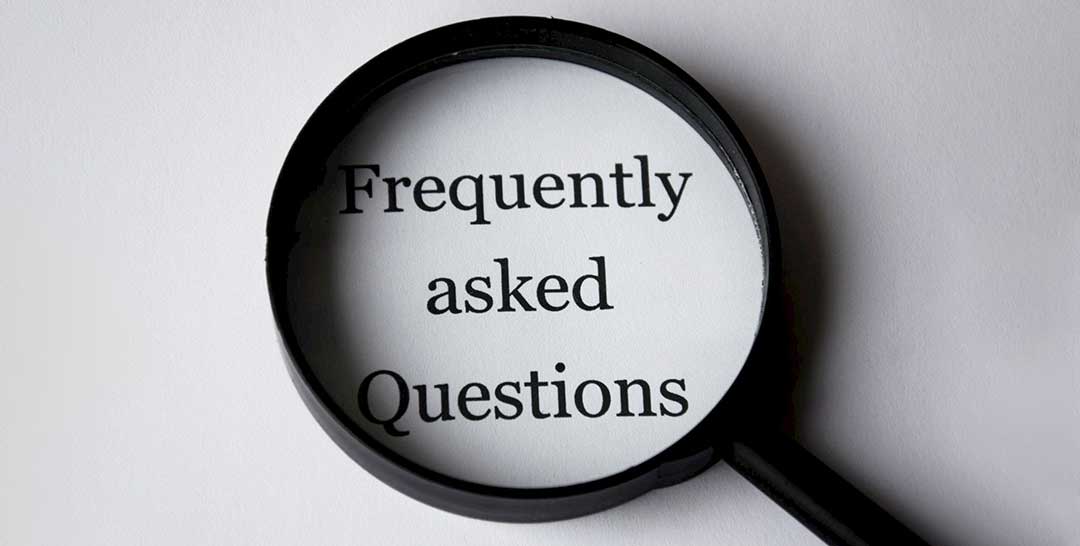Menu
Good On-site SEO vs. Bad On-site SEO
What's The Difference between Good On-site SEO vs. Bad On-site SEO?
Search engine optimization, also known as SEO, is a set of practices and techniques used to improve the visibility of your website in search engine results. While both good and bad on-site SEO strategies exist, there are distinct differences between them. In this guide, you’ll learn about the differences between good on-site SEO and bad on-site SEO to help you create an effective strategy for improving your website’s visibility.
Basics of SEO - Start with the Basics
Whether you’re practicing good or bad SEO, it’s important to start with the basics. Learn about keywords and how to use them in your content, focus on optimizing page titles, URLs and meta tags, improve page performance by compressing images and HTML code, and link internal pages together for improved ranking. All of these practices can be done with or without taking advantage of keyword implementation techniques.
Understand On-Site and Off-Site SEO
It’s important to understand the distinction between on-site and off-site SEO. While on-site SEO refers to optimizing the actual webpage, off-site SEO involves optimizing a website’s presence beyond its own pages – this includes backlinks from external sites which act as a signal of trust or authority, letting search engines like Google know that other websites are linking to your domain. Both are necessary for achieving good rankings and visibility in search engines.
Implementing Good SEO Strategies
Good on-site SEO involves optimizing a website’s content and structure to increase its visibility in the SERPs. This includes creating unique, keyword-rich meta titles and descriptions, writing informative and engaging content with properly structured headings and subheadings, adding descriptive alt text to images, including internal links to related content, improving page load speed and mobile responsiveness, and avoiding duplicate content. When you create content that appeals to both users and search engines, your rankings will improve as a result.
Common, Mistakes to Avoid in SEO
It is also essential to avoid any common mistakes that can drag your SEO efforts down. This includes keyword stuffing, posting duplicate content, failing to use meta descriptions and titles, redirecting irrelevant pages to other URLs, hiding content with CSS or JavaScript, using broken links, not including internal link structures, and neglecting to improve mobile responsiveness and page load speed. By avoiding these common SEO mistakes, you can ensure your website reaches its best ranking potential.
Increase Website Speed and User Experience
Page load speed and user experience should also be focal points of any successful on-site SEO strategy. The faster your page loads, the better the ranking it will receive. To optimize website speed, make sure to minify HTML, compress images, utilize browser caching, use a content delivery network (CDN), leverage lazy loading for images, and enhance your server response time. Additionally, reducing irrelevant content such as pop-ups can improve user experience too.
For help on how you can implement On-site SEO strategies onto your website, contact Designerfox today at (786) 344-2078 or click here to schedule a free On-site SEO consult.






